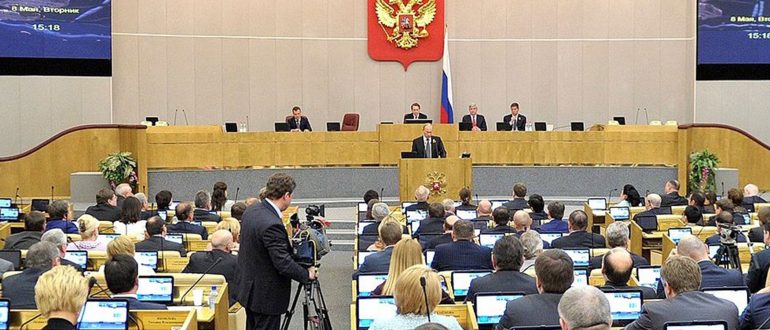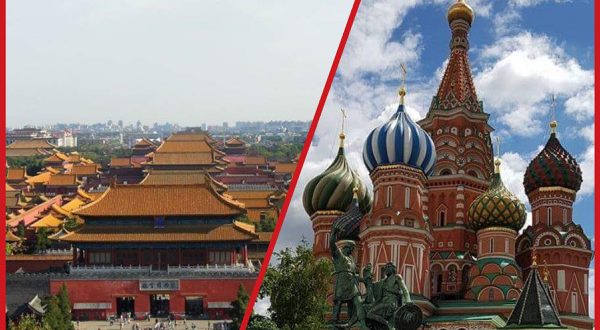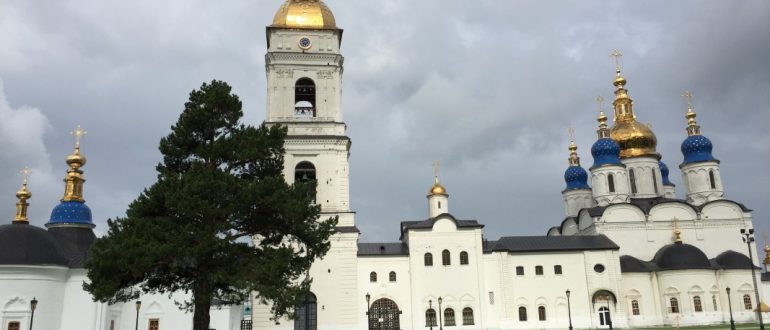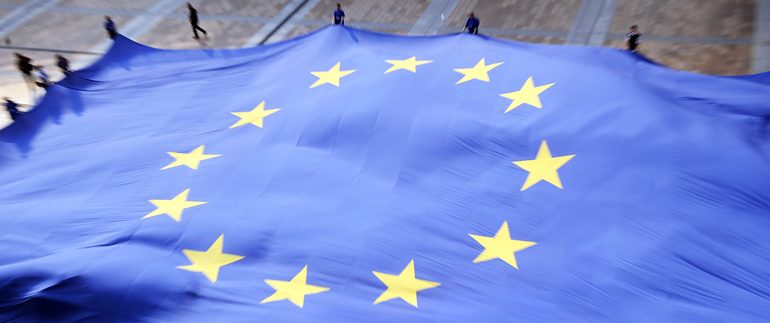
Elections in Russia: The calm before the storm?
On September 18th 2016, Russian citizens will elect 450 deputies to the lower house of the Federal Assembly of Russia – the State Duma. At first glance, the situation looks similar as in previous elections: according to the Levada Center, United Russia, and the so-called “system opposition” are leading the polls while a renewed alliance of liberal opposition parties is not in sight. But are these elections really just a window-dressing exercise, as many agree? CISS dedicates a series of articles to the upcoming state duma elections and their implications.
In a first step, the current article outlines how the political system of Russia evolved from Yeltsin to Putin. In the second part of the series, we will look at the development of the Russian party system from a historical point of view. Based on this, we will have a closer look at the role, power and composition of the State Duma as well as its key parties. Finally, we will examine the development of opposition politics and elaborate on the mafia state hypothesis.
From Yeltsin to Putin: reform, consolidation and the power vertical
We cannot fully understand the current duma elections without going back to the beginnings of the Russian Federation in 1991. The first president of Russia initated democratic and economic reforms on the basis of a parochial civic culture. Intermediary organisations that emerged after the collapse of the Soviet Union were weak and public support for reforms dwindled to zero because the “shock therapy” of transformation led to poverty and economic decline. Parties advocating for reform, Yabloko and LDPR, held no more than 30% of seats in the State Duma. Hence, Yeltsins power rested on the support of oligarchs and asymmetric federalism.
The oligarchs led a massive propaganda campaign against Yeltsins adversaries during the 1996 presidential campaign, while regional governors promised loyalty in exchange for extensive rights concerning their republics. In addition, Yeltsin sidelined parliamentary institutions as he unconstitutionally dissolved the Supreme Soviet and later threatened to do the same to the State Duma. Lacking public and parliamentary support, the president relied on “rule by decree”, creating the predecessor of the infamous power vertical (Ukas 75 gave the president the right to appoint the head of government of the regions, in place until 1996 and revived by Putin in 2004). By resigning before the end of his term in 1999, Yeltsin made sure that Wladimir Putin, whom he had appointed as Prime Minister, would take over the presidency. One of Putins first decrees stipulated that Yeltsin enjoys life-long immunity (he can’t be searched, interrogated, arrested or persecuted).
The vicious circle of authoritarianism
Against the background of the 90’s, it was initially seen as necessary to create a political base for presidential rule (a “party of power”), to force the oligarchs out of the political game and readjust the role of regional governors who had become very influential. Putin put presidential representatives, who have to monitor the implementation of presidential and state duma decisions, at the top of each of the seven federal districts (altogether containing 85 federal subjects). Further, a law passed by the state duma gave the president the right to suspend regional parliaments and local governors.
Putin did not stop after these initial changes. Following the Beslan terrorist attack, he proposed a law that abolished the election of governors by popular vote, tightened the preconditions for registration of political parties, changed the election procedure for the State Duma (abolishing direct mandates) and raised the threshold for representation in the Duma to 7%. As a consequence, opposition parties could no longer formally register because they failed to prove the necessary number of members (at least 50,000) or simply missed the threshold. This has clearly served to consolidate the power of United Russia and the “system opposition” consisting of the KPRF, LDPR and Just Russia.
Still, comparing politics under Yeltsin and Putin reveals a striking continuity. Both leaders have used undemocratic means to stabilize the system and introduce important reforms. And both of them did not stop once they embarked on this path and thus reproduced authoritarian structures and methods. This, in turn, has led to increasing political apathy among Russian citizens and prevented the development of a critical civil society able to play the role of a “watchdog”, leaving economic and political structures of power unobserved and encouraging authoritarian rule.
Cracks in the system
United Russia, as well as its main leaders Putin and Medvedev, lost public support after the financial crisis and their failure to modernize the economy. Discontent was also fueled by their switch of power (Putin became Prime Minister during Medvedev’s presidency and vice versa). United Russia became known as the party of “crooks and thieves” and lost its two thirds majority in the 2011 Duma elections. Civil Society Organizations like Golos undertook enormous effort to monitor the elections, and hundreds of breaches of electoral law, incidents of fraud and intimidation were revealed, sparking the largest mass protests in Moscow since the 1990s.
Medvedev (and later Putin, after his renewed inauguration in 2012) reacted with a policy of carrots and sticks. The number of members necessary for a registering as a party was lowered considerably and the electoral threshold for Duma elections was reduced (back to 5%). Further, independent candidates could register more easily and regional governmental elections by popular vote were reintroduced. On the other hand, the duma drastically raised the fines for “unlawful acts” during demonstrations and another law classified NGO’s financed from abroad as “foreign agents”, making it impossible for them to cooperate with donors from abroad.
Shortly after the annexation of the Krim, Putin’s approval rating rocketed to 80%, the “democratic alliance” – a platform of several parties originally envisaged as a common list – is discredited and 82% of Russian citizens consider it unlikely that they will participate in protests. Earlier this year, the assassination of Boris Nemzov and the imprisonment of Alexei Navalny has silenced Putin’s strongest liberal opponents. Organizations listed as “foreign agents”, such as Golos, are prohibited from observing the elections and volunteers risk their careers.
Yet, the approval ratings of the central institutions of power have come down. For example, 57% of respondents dispproved of the Duma as of April 2016. In addition, United Russia has continuously lost voters, which becomes obvious when we look at election results in the regions and cities (see for example the 2013 Yekaterinburg and 2015 Novosibirsk elections). Further, as open democracy’s Janek Lasocki notes, the election will take place amidst an enormous economic downturn: given low oil prices and a weak ruble, domestic purchasing power has fallen by 10% on average (in 2015, as compared to 2014) while 19 million Russians (13% of the population) live below the subsistence level – one of the highest rates in the last decade. Industrial output, incomes, consumption, construction and investment seem to follow a stable downward trend and recovery is not in sight.
If this does not translate into protests, it is hard to imagine that United Russia will do any better than in 2011. If the party loses support, Putin might be forced to agree to some degree of power sharing, just as he did after the 2011 elections.



